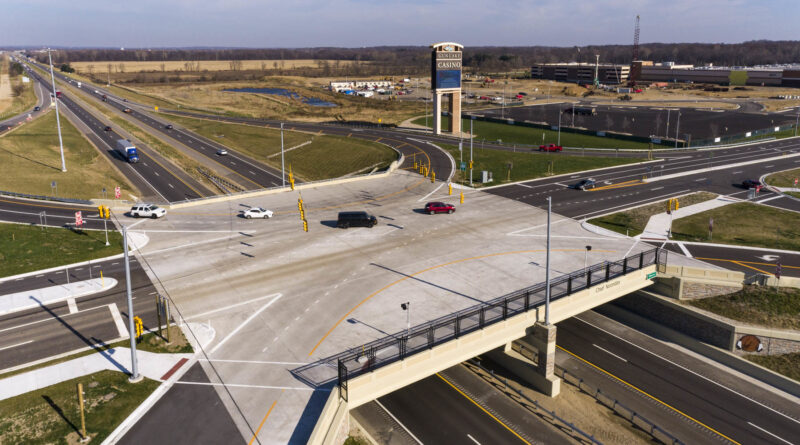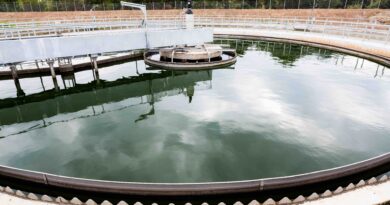Ultra-High Performance Concrete Is Advancing More Resilient U.S. Infrastructure
The enduring strength of American infrastructure hinges on strategic investments in innovative construction materials, such as ultra-high performance concrete (UHPC), which is revolutionizing the nation’s transportation infrastructure.
According to WSP, while the word “concrete” is in its name, UHPC is actually a cementitious composite material, characterized by an optimized gradation of granular constituents, a water-to-cementitious materials ratio less than 0.25, and a high percentage of discontinuous internal fiber reinforcement, according to the Federal Highway Administration.
Research into UHPC first began in Europe in the early 1970s and UHPC saw some of its first uses in civil infrastructure in the 1990s. It first became commercially available in the U.S. in 2000.
In 2020, the ACI Materials Journal from the American Concrete Institute published a technical paper called “Performance of Ultra-High Performance Concrete in Harsh Marine Environment for 21 Years.” In this study, laboratory testing was conducted to determine the UHPC chloride content, compressive strength and microstructure, as well as corrosion of embedded steel bars over a 21-year period of marine environment exposure.
The results showed that, compared to conventional concrete, UHPC has a significant sustained increase in resistance to chloride penetration. The corrosion rate of steel bars embedded in UHPC was negligible and hence dramatically lower than that of steel embedded in other types of concrete.



